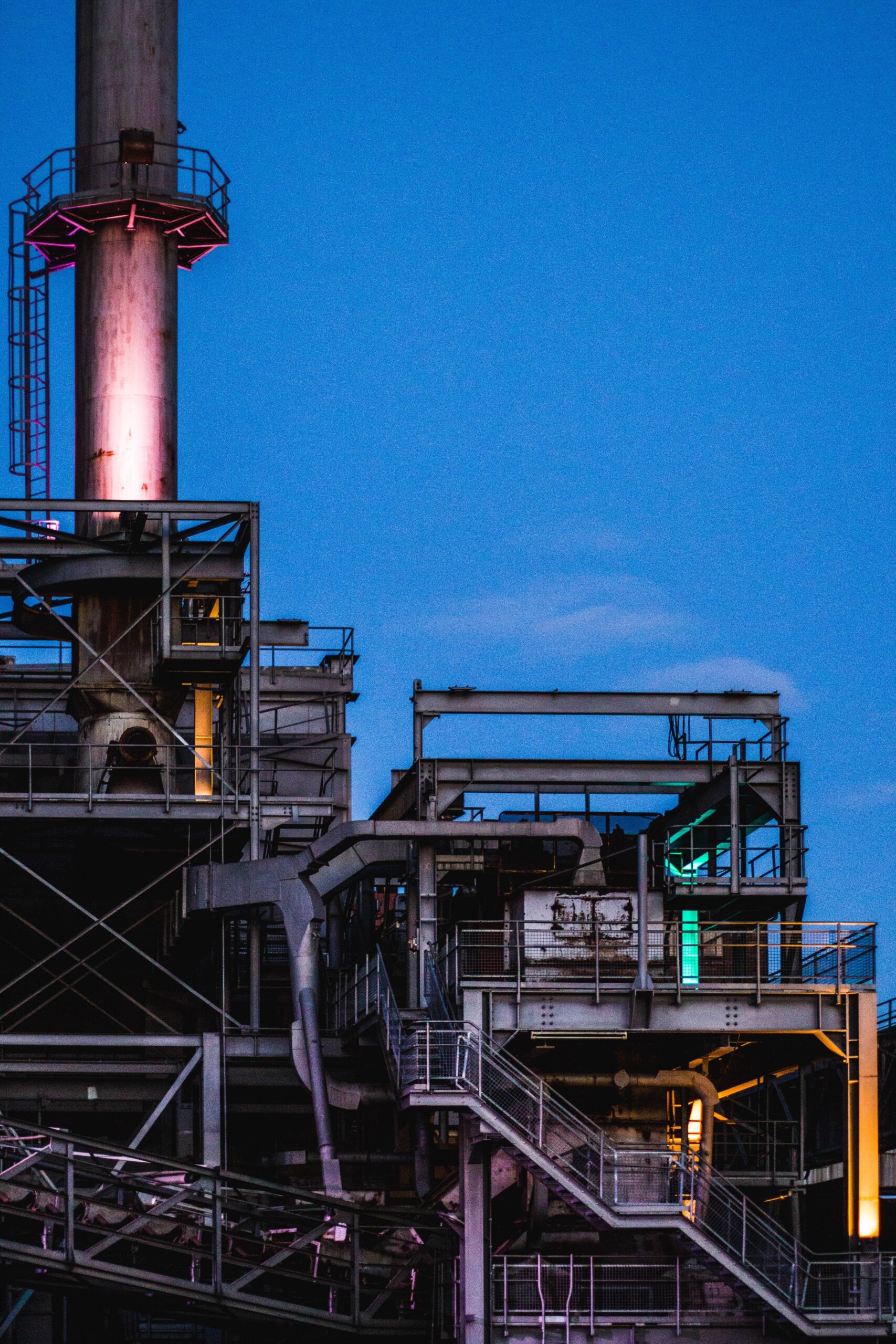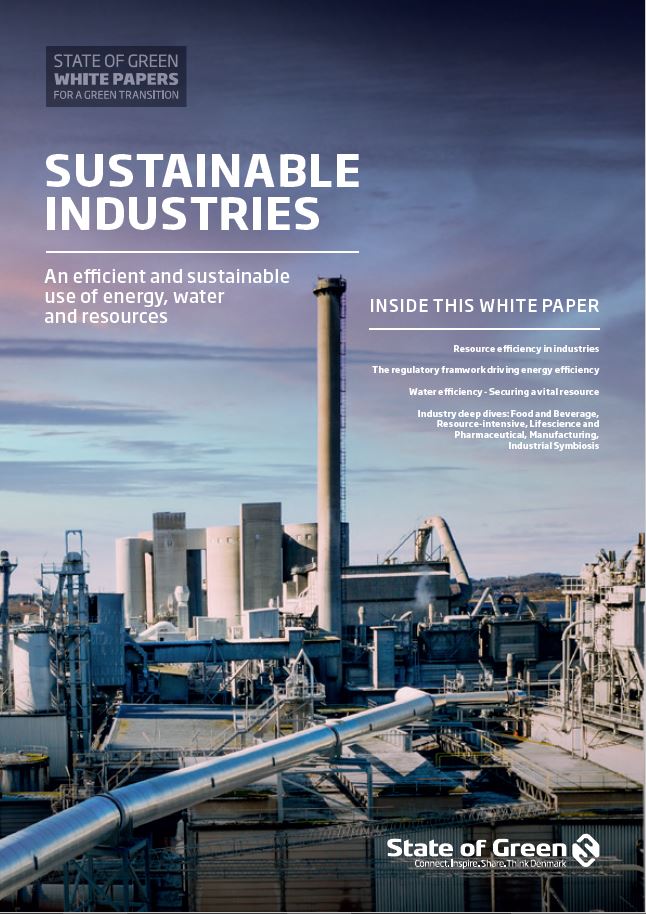Download our publication on sustainable industries
This article is part of our publication ‘Sustainable industries’.
Download nowPerspective
Industrial symbiosis
Industry


Industrial symbiosis is an important tool to create a circular economy and green growth. A look beyond the fence of your own production site can lead to a significant value proposition, by working together in local clusters, cross-sectoral or in public-private partnerships.
An industrial symbiosis is a commercial collaboration where the residual waste from one enterprise is used as a resource by another enterprise – resulting in mutual economic and environmental benefits through a sustainable usage of raw materials and a reduction of energy consumption.
A green industrial symbiosis can take on two basic shapes: a “classic symbiosis”, which is understood as collaboration between at least two companies in which a company’s residual product or waste represents an input in another company’s production. Often, public partners play an important role in building resilient local partnerships with a focus on sharing, reusing and providing resources to create mutual value. The second type is referred to as a “symbiosis through the market” and is the exchange of resources between companies through collection and processing companies on the market. This kind of recycling is already widely used today, but there is potential for more resources to be recycled and at a higher quality, with a higher market value.

This article is part of our publication ‘Sustainable industries’.
Download nowBy-products which appear as a residue to one company are very often associated with a financial burden to dispose of, but in an industrial symbiosis the same by-product can serve as an important input in the production of another company, and will often represent a cheaper and more environmentally friendly alternative to this company than the use of new raw materials. The optimised use of waste products has proved to be an efficient way of reducing the total energy and resource consumption of the companies involved in an industrial symbiosis. Furthermore, the reduced total energy and resource consumption may present a way for companies to meet regulatory requirements, thus additionally, saving companies the cost of adding end-of-pipe technologies to their plants. Co-funding local infrastructure is another good example on how an industrial cluster can create long lasting, resilient and attractive framework conditions to secure local growth.
Examples of higher energy efficiency through symbiosis collaboration are abundant. Excess heat in the shape of steam from one company’s industrial production can be used as process heat by another company. Nearby water resources such as a lake or sea water can be used for cooling processes and the heated cooling water can later be fed into a surrounding district heating network. Or using the fermentation slurry from biotech industries for production of biogas. Applying a holistic approach to the use of energy and resources and exploiting the potential for collaboration with other enterprises will, in most cases, carry both financial and environmental benefits.
solutions
Combined heat and power production
+6
solutions
Energy efficiency in buildings
+2